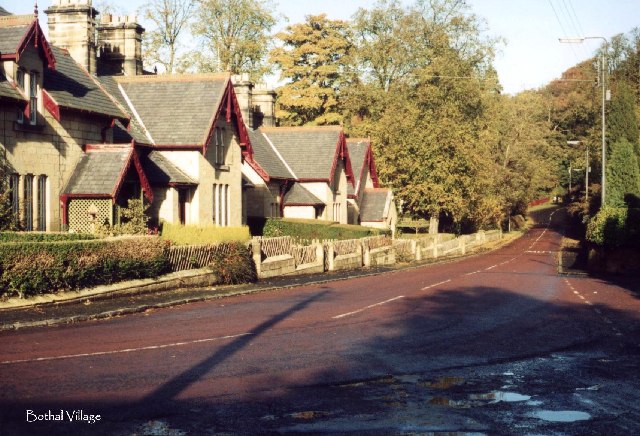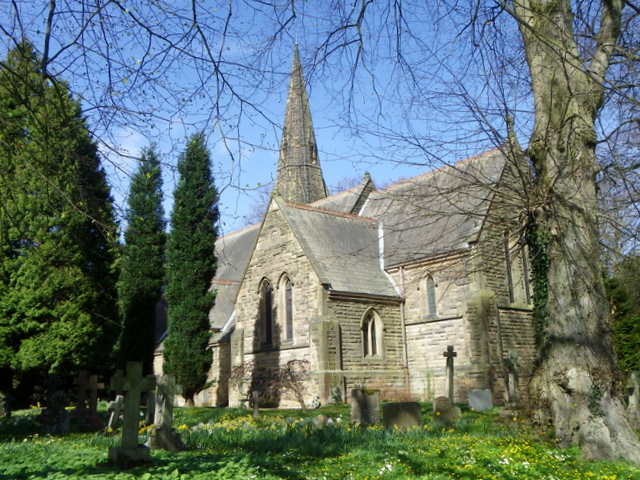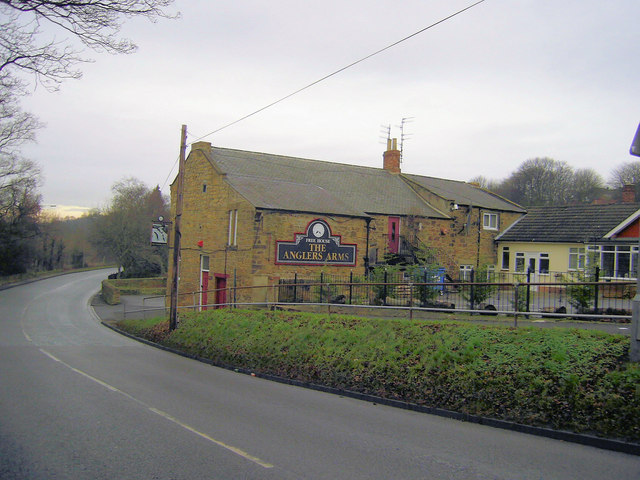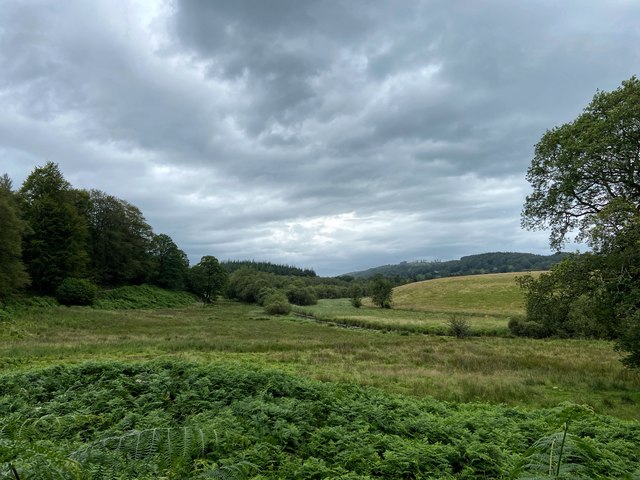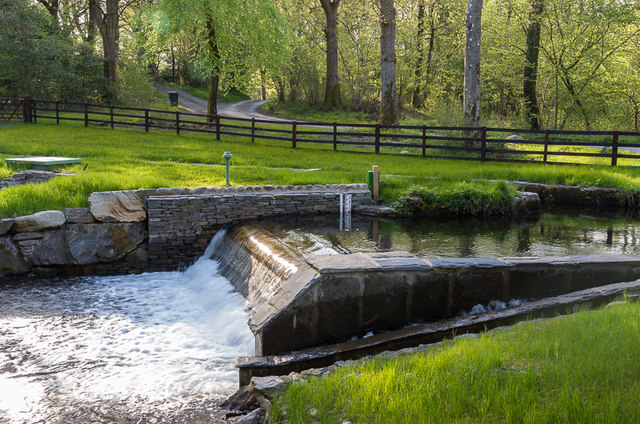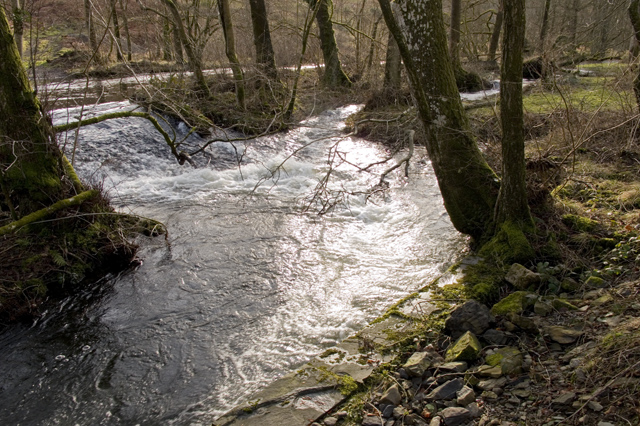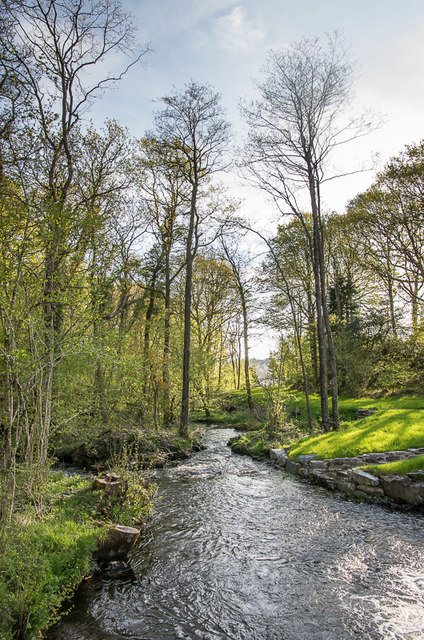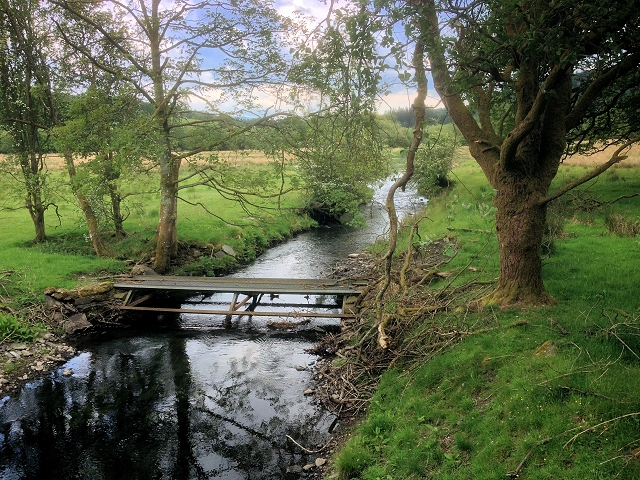Topics > Northumberland > Bothal > Bothal Parish, 1855
Bothal Parish, 1855
Extract from: History, Topography, and Directory of Northumberland...Whellan, William, & Co, 1855.
BOTHAL PARISH
BOTHAL parish comprises the townships of Ashington and Sheepwash, Bothal Demesne, Longhirst, Oldmoor, and Pegsworth, whose united area is 7,593 acres. The population in 1801, was 622; in 1811, 557; in 1821, 658; in 1831, 755; in 1841, 800 ; and in 1831, 946 souls. This parish is about three miles in length, by the same in breadth, and is bounded by the parishes of Woodhorn, Ulgham, Hebron, and Morpeth; as also by the river Wansbeck, which separates it from Bedlingtonshire.
ASHINGTON AND SHEEPWASH form a township in the above parish, containing 683 acres, the property of the Duke of Portland. The number of inhabitants in 1801, was 63; in 1811, 58; in 1821, 50; in 1831, 57; in 1841, 76 ; and in 1851, 76 souls. The rateable value of the township is £750 10s. THE HAMLET of Ashington is situated about four and a half miles east of Morpeth, and consists of one farm, occupied by Mr. John Angus, of Whitefield. The rectory house is situated at Sweepwash, which occupies the south side of the township, attached to it there are about 100 acres of glebe land. There is a bridge across the Wansbeck, which is navigable here for keels and small boats. St. Margaret's Well, in the neighbourhood of Ashington, was formerly held in high repute. Here is a colliery wrought by Lea Dickinson & Co. For Directory see Bothal Demesne.
BOTHAL Demesne, a township and village in the parish of the same name, contains 3,024 acres, the property of the Duke of Portland, and its rateable value is £1,961 19s. Its population in 1801, was 193; in 1811, 163; in 1821, 198; in 1831, 227; in 1811, 249; and in 1851, 269 souls. Bothal lordship was made a barony by Richard I., and was held in capite by Robert Bertram, for the service of three knights' fees. This barony was held for many generations, by the successors of the above mentioned Robert, one of whom being Sheriff of Northumberland and Governor of Newcastle, in the reign of Edward III., obtained from that monarch the privilege of transforming his manor-house of Bothal into a castle. His daughter and heiress having married Sir Robert Ogle, knt., of Ogle, conveyed the estates of the Bertrams to the Ogle family. Sir Robert bequeathed Bothal to his youngest son John, and his paternal estate to his eldest son Robert, who, after his father's death, took forcible possession of his brother's property, but was soon ejected from it; after which having distinguished himself by his bravery in the "Wars of the Roses”, in which he supported the cause of the House of York, be was created Baron of Bothal, and first Lord Ogle, of Ogle. On the death of Cuthbert, the seventh and last Lord Ogle, without male issue, the estates passed to his daughters Joanna and Catherine, the former of whom was married to Edward Talbot, Esq., the youngest son of the Earl of Shrewsbury, and the latter was espoused by Sir Charles Cavendish, of Welbeck, in Nottinghamshire, and was created Baroness Ogle. She was succeeded by her son, Sir William Cavendish, who was made a Knight of the Bath, in 1610; Baron of Ogle and Viscount Mansfield in 1621; Baron Bertram and Bolsover, and Earl of Newcastle in 1628; Marquis of Newcastle in 1644; and Earl Ogle and Duke of Newcastle in 1664. He took a very prominent part in the civil wars, and after the battle of Marston Moor was obliged to fly to the continent, where he remained till the Restoration, after which he retired to his seat at Welbeck, and spent the remainder of his days in literary pursuits. His only daughter and heiress was married to John Hollis, who was created Duke of Newcastle, and died in 1711, leaving an only daughter, who was espoused by the Earl of Oxford and Mortimer, by whom she had an only daughter and heiress, Lady Margaret Cavendish Harley, who married the Duke of Portland, from whom the Bothal estates descended to the present Duke of Portland, who holds a Court Leet and Baron here in April and May.
THE VILLAGE of Bothal is pleasantly situated on the north side of the Wansbeck, three miles east of Morpeth. THE PARISH CHURCH, dedicated to St. Andrew, is situated near the Castle, and consists of nave, chancel, and aisles. It contains a fine alabaster tomb, with recumbent effigies said to represent some of the Ogle family. The living is a rectory in the archdeaconry of Lindisfarne and deanery of Morpeth, valued in the Liber Regis at £25; gross income £1,493. Patron, the Duke of Portland; rector, Rev. H. Hopwood, M.A., Rev. Edward Lacey, curate. Bothal Castle stands upon a green knoll of oval form, adjacent to the Church, and is still an imposing monument of feudal grandeur. Of this once stately edifice there still remain a large gateway tower, and several fragments of the outward. walls. The remaining gateway, with its strong towers, appears to be the most modern part of the building, and bears several shields of arms, besides the figure of a man in the attitude of sounding a horn, while another holds in his hands a ball or stone. This tower is supposed to have been erected in the reign of Edward IV., and several of its apartments are in a tolerable state of preservation. I t is now the property of the Duke of Portland.
CHARITIES. The Rev. Christopher Stafford, rector of Bothal, in 1735, gave £80, the interest of which was to be applied for the support of the school at Bothal. The poor of this parish have charities amounting to £40, the interest of which is annually distributed by the rector amongst the poor.
DIRECTORY
|
Bootiman Elizabeth, vict. and shopkeeper, Castle Inn Cooper George, blacksmith Coxon Joseph, farmer and butcher, Sheepwash Fenwick Thomas, gardener Gallon George, schoolmaster Hopwood Rev. H. M.A. rector, Rectory Lacey Rev. Edward, curate Sample William, agent to the Duke of Portland Spearman James, miller, Bothal Mills |
Farmers Angus John, Whitefield Brewis Samuel, Black Close Clark William, Bothal Park Coward Humphrey, Bothal Barns Coxon Joseph, and butcher, Sheepwash Coxon Thomas, and woodman Gray Edward, New Moor Humphrey Catherine Ann, Coney Garth |
LONGHIRST is a township and village, the property of the Duke of Portland, William Lawson, Esq., and Thomas Lawson, Esq. The township contains 1,703 acres, and its rateable value is £1,756 10s. Population in 1801, 154; in 1811, 161; in 1821, 176; in 1831, 216; in 1841, 210; and in 1851, 293 souls. THE VILLAGE of Longhirst is situated three miles north-east of Morpeth. Here is a National School, erected in 1847, at a cost of £140, upon a site granted by the Duke of Portland. The teacher's residence was the gift of William Lawson, Esq., who is also the patron of a library and news-room, at the house of the postmaster. The Newcastl/3 and Berwick railway passes through the township, and has a station about half a mile east of the village. LONGHIRST HOUSE, the seat of William Lawson, Esq., is situated to the west of the village, and is a handsome and commodious mansion, occupying a gentle eminence above the Bothal Burn.


